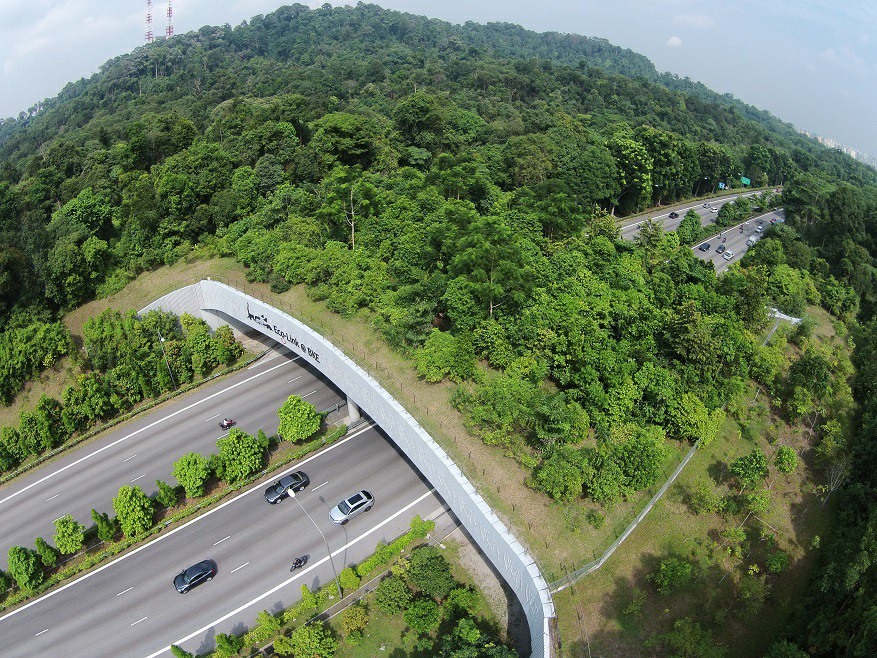Hi everyone! Last week, we discussed the conflict that arises between animal welfare concerns and conservation issues. Today, we will be delving into the possibility of finding a common ground between the two. Will a synthesis of animal welfare concerns and conservation be attainable?
After doing my research, I discovered that there were areas of overlap and will be covering two of them in this post.
Anthropogenic activities are drivers of both welfare issues and the extinction crisis
Urban development and the use of chemicals, for example, are detrimental to wildlife as they cause an immense amount of stress in the animal and disrupt ecosystems (Fraser, 2010). Urban development includes the building of transportation systems which often causes the segmentation of the habitats of wild animals (Paquet & Darimont, 2010). Wildlife is often killed as they try to get from one side of their habitat to another in places where they are in-between infrastructure.
Fret not, because closer to home in Singapore, we have the Mandai Eco-Link and the Eco-Link@BKE! These bridges aim to connect the Central Catchment Nature Reserve as there are roads separating it. By having this alternative pathway to get from one side to the other, wildlife inhabiting the nature reserve can cross safely. With these Eco-Links, the survival rates of animals increase drastically as they are less likely to be killed by moving cars on the roads.

Research work on animal welfare can be applied to addressing problems associated with conservation and vice versa
Conservationists usually trap endangered animals in their normal habitats and later release them in areas they deem to be safe for the animals. However, this method proved to be futile, with close to 90% of them dying quickly. The animal faces many new disruptions in its life, such as transportation from one place to another and the need for adapting to the new environment. Without proper ways to integrate the animal into its new habitat and reduce the stress it faces before being reintroduced, it is unlikely that conservation biologists will succeed (Swaisgood, 2010).
Animal welfare scientists require the research work and methods done by conservation biologists to protect the welfare of animals. In the wild, animals are greatly affected by practices such as deforestation and agriculture (Mathews, 2010). Similarly, captive animals are also bearing the brunt of agricultural practices. The data collected and analysed by conservation biologists can be used to alleviate these problems.
With all that’s said, after analysing the conflict and the relationship of animal welfare science and conservation issues, I believe that they should be considered together, wherever possible. It is almost like a “symbiotic relationship” to me because both issues go hand in hand. For example, to achieve the best results of conservation issues, animal welfare also has to be taken into account as discussed in the argument above. What do you think?
Cheers! 🙂
Amanda
Reference list:
Featured image: “panda” by Mathias Appel is marked with CC0 1.0
Fraser, D. (2010). Toward a Synthesis of Conservation and Animal Welfare Science. Animal Welfare, 19, 121-124.
Paquet PC and Darimont CT 2010 Wildlife conservation and animal welfare: two sides of the same coin? Animal Welfare 19: 177-190
Swaisgood RR 2010 The conservation-welfare nexus in reintroduction programmes: a role for sensory ecology. Animal Welfare 19: 125-137
Mathews F 2010 Wild animal conservation and welfare in agricultural sytems. Animal Welfare 19: 159-170